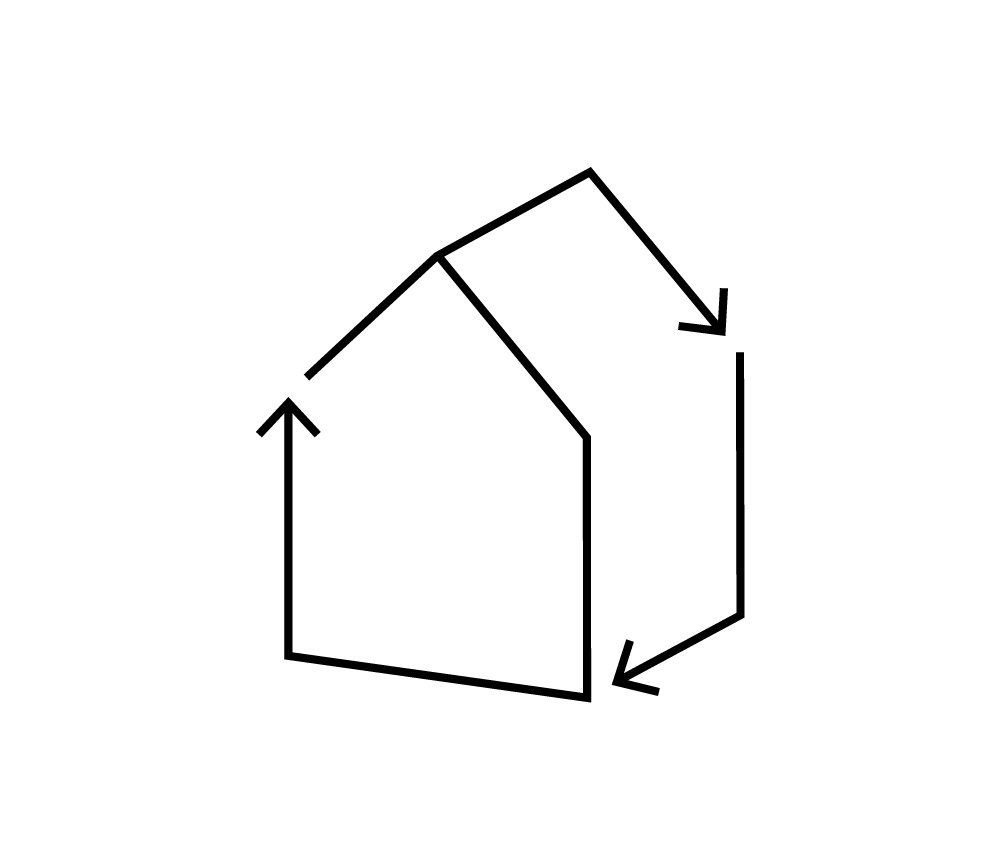Institut
für
unkomplizierte,unerschütterliche,umfassende,unwiderstehliche,ungewöhnliche,unerwartete,umweltbewusste,unterhaltsame,unvergleichliche,unkonventionelle,unnachahmliche,ungezogene,unkonventionelle,unverbrauchte,unwirtschaftliche,ultrageschmeidige,unverbesserliche,urbane,unglaubliche,unbeschreibliche,umwerfende,unbeschwerte,unfassbare,unschädliche,urige
Baukunst










